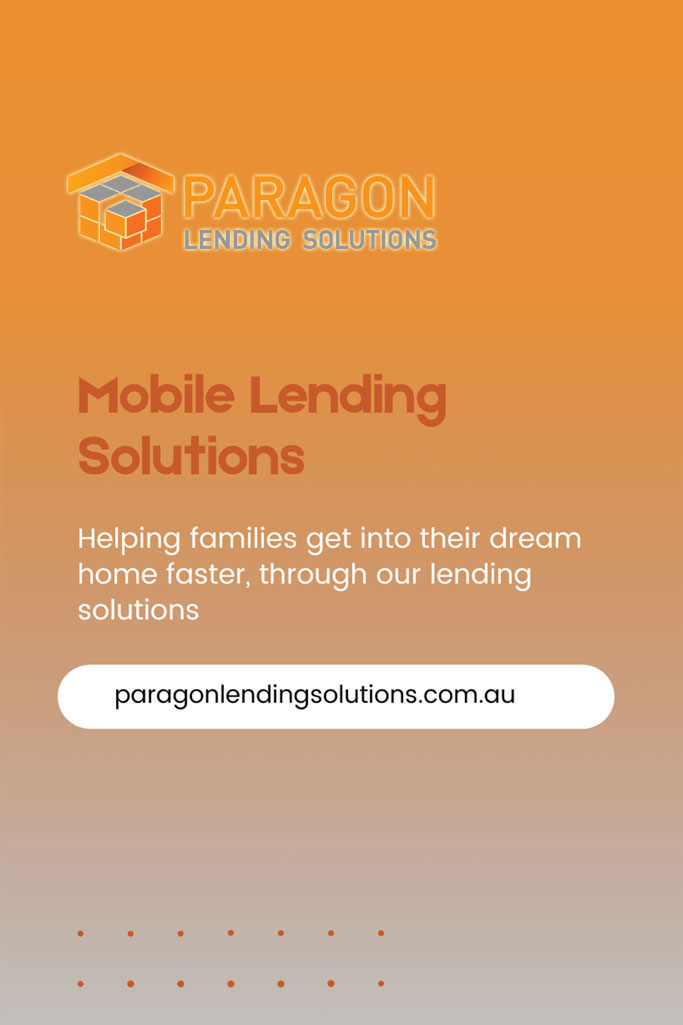Australian residential home loans are typically offered by banks, credit unions, and non-bank lenders. These loans are used by individuals to purchase or refinance residential properties.
Key features of residential home loans in Australia include:
Variable and Fixed Interest Rates: Borrowers can choose between variable or fixed interest rates. Variable rates fluctuate with market conditions, while fixed rates remain constant for a specified period, providing certainty of repayments.
Loan Terms: Residential home loans in Australia usually have terms of up to 30 years. However, shorter loan terms are also available, allowing borrowers to pay off their mortgage faster.
Loan-to-Value Ratio (LVR): LVR is the ratio of the loan amount to the value of the property. Australian lenders typically require a maximum LVR of 80% for standard loans, although lenders mortgage insurance (LMI) can be obtained for higher LVRs.
Deposit Requirements: Borrowers are generally required to provide a deposit when purchasing a property. The minimum deposit required varies but is usually around 5-20% of the property’s purchase price.
Repayment Options: Borrowers can choose between various repayment options, including principal and interest repayments or interest-only repayments for a certain period. Some loans also offer features like offset accounts, allowing borrowers to reduce interest costs by offsetting their savings against their loan balance.
Government Incentives: The Australian government offers various incentives and schemes to assist homebuyers, such as the First Home Owner Grant and the First Home Loan Deposit Scheme, aimed at helping first-time buyers enter the property market.
Regulation and Oversight: Residential home loans are subject to regulation by government bodies such as the Australian Prudential Regulation Authority (APRA) and the Australian Securities and Investments Commission (ASIC) to ensure responsible lending practices and consumer protection.
Refinancing Options: Borrowers have the option to refinance their home loans to take advantage of lower interest rates, consolidate debt, or access equity in their property for other purposes.

Common types of residential home loans
First Home Buyers
For first home buyers in Australia, navigating the loan process can be both complex and stressful. Here’s how Paragon Lending Solutions can simplify the journey and help you secure your first home.
No Deposit Loans
Owning a home is a dream for many, but the high deposit requirements can be a significant barrier, especially for first-time buyers or individuals with limited savings. No deposit home loans can help overcome this hurdle and make homeownership more accessible.
Low Deposit Loans
A low deposit home loan in Australia provides an opportunity for borrowers who can't afford a large upfront deposit to purchase a home. Typically, lenders offer loans up to 80% of the property's value, requiring the borrower to cover the remaining 20% as a deposit, known as the Loan-to-Value Ratio (LVR).
Guarantor Loans
A guarantor home loan allows a family member to offer their property as security for your loan. This support can help you avoid lenders mortgage insurance (LMI) and potentially borrow up to 110% of the property’s value.
Waived LMI
LMI waived loans are specialised home loans that allow borrowers to avoid paying Lenders Mortgage Insurance. These loans are designed for certain professionals and first-time home buyers, enabling them to secure a mortgage with a lower deposit, often as little as 10%, without the additional cost of LMI.
Bad Credit Loans
Bad credit signifies a financial status marked by past difficulties such as missed payments on bills, credit cards, or mortgages. It also encompasses more serious issues like defaults, bankruptcy filings, or court judgments.
Refinance
Refinancing your home loan involves replacing your current mortgage with a new one, typically from a different lender. This can provide you with more competitive rates, improved terms, or greater flexibility, potentially leading to significant savings.
Low Doc Loans
Low Documentation (Low Doc) Loans and Alternative Documentation (Alt Doc) Loans cater to borrowers who may not meet the strict documentation criteria of traditional loans. These loans are particularly suitable for self-employed individuals.
Self-Employed Loans
Securing a home loan can be particularly challenging for self-employed individuals. At PLS, we understand the unique financial situations of self-employed borrowers and are dedicated to helping you find the best home loan options.
